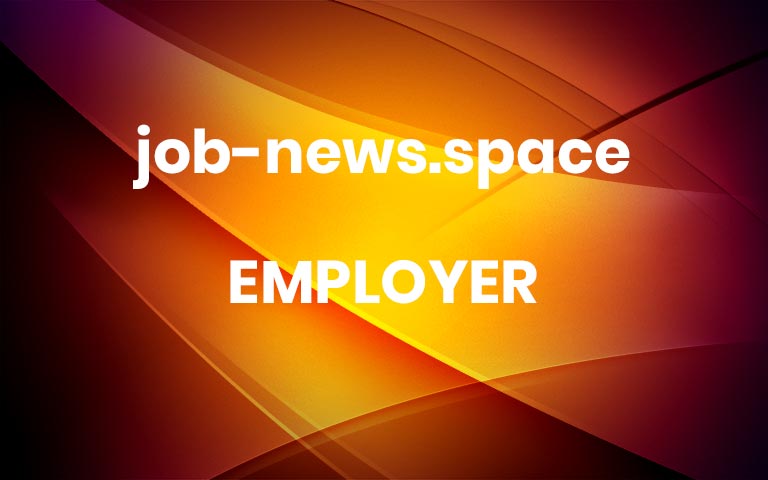Building an Effective EVP: The Journey of a Bangalore Tech Company
India’s startup ecosystem has been experiencing a rapid growth rate, with the country emerging as the third-largest startup hub globally, posting record revenue of $227 billion in 2022, according to Mint. This growth has led to a highly competitive market for talent, making it essential for companies to have strong employer branding and an attractive Employer Value Proposition (EVP) to remain competitive.
To gain insights into creating an effective EVP in such a fast-paced environment, we caught up with Malliga Rajkumar, the Senior Director of HR and Talent Branding Lead at Flipkart, one of the largest e-commerce platforms in India based in Bangalore, which began as a startup 15 years ago with a team of 200 people.
As a 30,000-strong organization serving 150 million customers across all of India, Flipkart is known as the “startup of startups,” with alums going on to found their successful tech enterprises. Despite its size, the startup ethos of risk and innovation remains near and dear to Flipkart’s heart.
However, with the tech sector’s growth came fierce competition for key talent, prompting Rajkumar and her team to build and implement an employer branding strategy to ensure Flipkart could compete. Rajkumar’s approach was to ask two simple questions: “What is it about our culture that we want to absolutely retain and rebuild where it may have atrophied? And what are the elements that we want to add on?”
Developing EVP
The journey to Flipkart’s EVP was months of extensive primary and secondary research. Rajkumar and her team interviewed people at all levels within the organization, spoke to headhunters, and did market benchmarking with accredited organizations like the Great Place to Work Institute and Mercer.
In the end, they had a list of all the things Flipkart wanted to be known for and a list of the things talent cares about. The challenge was to find a balance between the two to stake out an EVP that encapsulated what Flipkart stands for while appealing to the talent they wanted to attract.
They settled on a simple EVP that stitched together all of the concepts they wanted to include in one phrase:
“Together, We Dare to Maximize.”
Together spoke to everything they hope to foster in terms of community and collaboration. Dare represents their startup heart by celebrating audacity and breaking boundaries. And maximize represents their ambition to be the best they possibly can be and continuously improve.
Activating EVP
Articulating an EVP is only half the battle; Rajkumar and her team still needed to activate it for both employees and candidates. “Together we dare to maximize” is displayed in every Flipkart office. More importantly, that concept and the four pillars that support it are woven into all internal communications, awards, employee forums, and events throughout the year.
They also measure its resonance each year in their annual employee engagement survey. A team of over 250 employee advocates helps get the word out and shares an honest look at what life at Flipkart is like.
Aspirational EVP
Flipkart sees its EVP as aspirational, and they want to ensure that they live up to its promise. Therefore, they used their mission statement to build a 3-year maturity model that articulates every process’s intent, design, experience, and measurement. The goal is to look at everything they do and take the time to align it with their EVP incrementally.
As always, it is crucial to measure the impact of employer branding to demonstrate its value to key organizational stakeholders. At Flipkart, they compare their engagement statistics to a benchmark list of other companies to assess their performance and identify areas for improvement. Additionally, they have specific metrics for individual campaigns and regularly conduct internal surveys to assess the level of awareness within the organization regarding employer brand themes.
According to Rajkumar, “Employer brand is not about who you are today; it’s about who you aspire to be.” A good EVP should reflect the organization’s current state and set higher standards for what it can become. Good employer branding presents an opportunity for an organization to improve and live its values, which in turn attracts top talent.
To follow Malliga Rajkumar’s work in employer brand, connect with her on LinkedIn. For help identifying the values and culture you want to create in your company, get in touch.
Share this post: More


